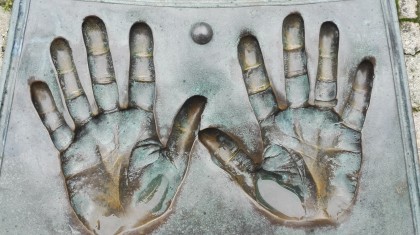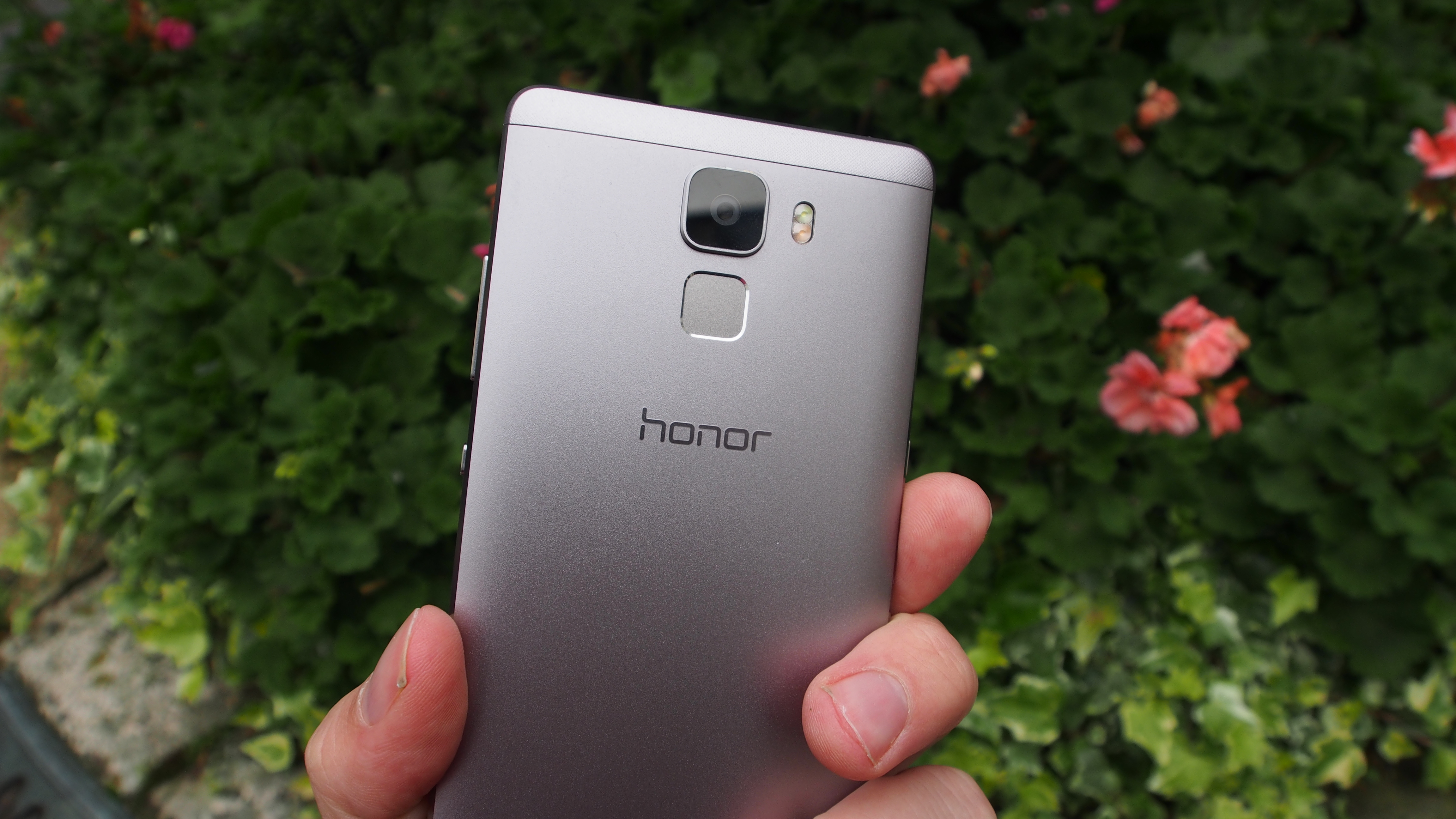Why you can trust TechRadar
So far my time with the Honor 7 has shown me that this is a generally capable mid-tier smartphone that doesn't really excel at anything. So when it came to testing out the camera, despite its impressive-sounding 20MP sensor I wasn't expecting too much.
This is mainly because a high megapixel count does not always lead to fantastic image quality, and I've been let down in the past with handsets that shout from the rooftops about their pixel-stuffed snappers, only for their photos to end up being nothing special.
However, both during the process of taking photos with the Honor 7, and when viewing the results, I was very pleasantly surprised.

The camera app itself is straightforward to use, with the various tools and options laid out in an easy-to-access way. Depending on whether you have the front or rear camera selected, some options are removed, which makes things easier.
Regular photos taken with the Honor 7 outdoors were very good, with a good level of detail present in the snaps I took. While the colours don't look too vibrant that's due more to the fact that it was a fairly overcast day, with the British summer disappointing once again.
Not only were colours reproduced pretty accurately, the image was sharp enough to avoid it appearing blurry when zoomed in, and without the introduction of extra image noise.

Close-up shots using the Honor 7's camera showed off just how good it is at capturing details, and for the price I think this is one of the best smartphone cameras you can get.

Indoor shots also show good levels of detail, although here a lack of vibrancy in colours is more noticeable; however with a bit of tweaking in the app, or with a photo-editing program on your computer, images can be easily improved.

Selfie shots using the 8-megapixel front-facing camera are also very impressive, with the resolution higher than that of many front-facing cameras found on phones at this price range.

Both cameras have a range of presets and shooting modes to try. You can give your selfies a makeover, for example, and you can add a number of Instagram-like filters to your shots as you take them.
You can also record 1080p video with the Honor 7, and again I was impressed with the results. The video I shot was detailed and playback was smooth, with hardly any judder. Some optical – or even digital – image stabilisation would have been nice to make the footage a bit less shaky, but I feel a bit guilty for even suggesting that when otherwise you're pretty spoiled by the quality on offer here.
The front and back cameras of the Honor 7 proved to be by far the best things about the handset, and I was very impressed with the quality of images from both.
The excellent cameras are backed up by a very good camera app that made composing and taking shots a pleasure. If you're a keen mobile photographer who doesn't want to spend a great deal of money, but still wants excellent snaps, then I would recommend ignoring Sony's lofty claims about its more expensive Xperia handsets, and instead seriously consider the Honor 7.

Matt is TechRadar's Managing Editor for Core Tech, looking after computing and mobile technology. Having written for a number of publications such as PC Plus, PC Format, T3 and Linux Format, there's no aspect of technology that Matt isn't passionate about, especially computing and PC gaming. He’s personally reviewed and used most of the laptops in our best laptops guide - and since joining TechRadar in 2014, he's reviewed over 250 laptops and computing accessories personally.
